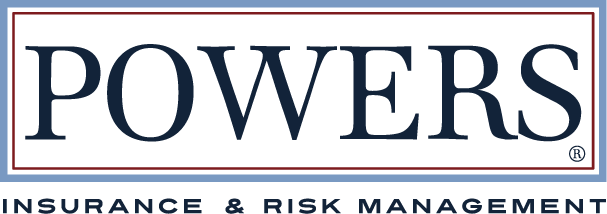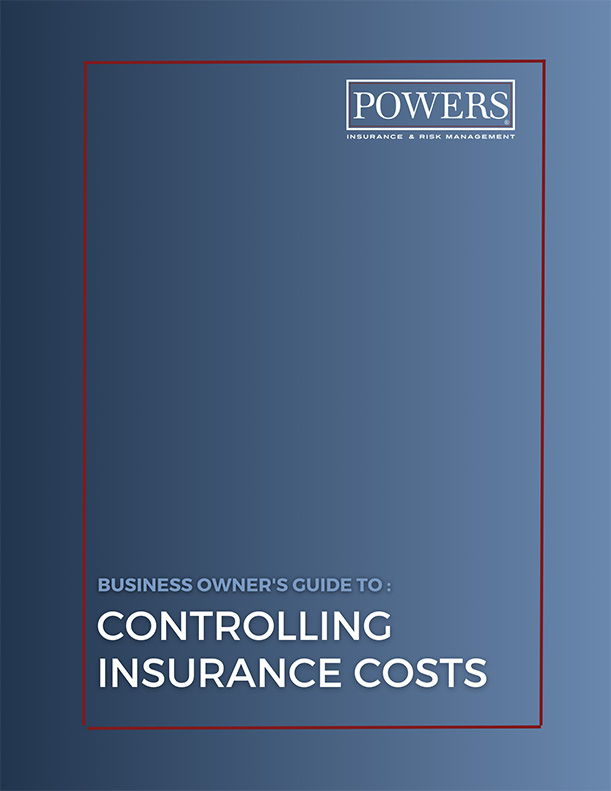As a cannabis insurance risk manager, one of the questions I commonly hear from my clients is centered around how to manage their insurance program from a contractual alignment perspective. To put it simply, my clients want to make sure the vendors and other businesses they work with have the proper insurance in place … which will also reduce the risk of the cannabis operator getting pulled into a claim that should rightfully fall on another business.
Before we get too far into the nuances of contractual alignment, I’d like to first explain a key difference between risk management and insurance.
What’s the difference between Risk Management and Insurance?
Proper risk management procedures are imperative for the long-term viability of any cannabis operation. First, it must be understood that insurance does not equal risk management and rather, insurance is complementary to risk management. Risk management, in short, is assessing the exposures to financial loss and human safety and implementing policies, procedures and practices that mitigate those exposures. Once an organization has determined which exposures can be managed through risk management and self-insurance, the remaining exposures are transferred away from the organization via the purchase of the appropriate insurance policies. The subject of cannabis risk management is intricate and complex but perhaps the most approachable (and often missed) risk management practice relies in contract alignment.
Cannabis organizations engage in many business-to-business relationships such as construction, security, product suppliers, and consultants. Ideally, there is a contract in place stipulating agreement terms, scope of work, responsibilities of each party, and liability. A cannabis organization should have set insurance requirements of their contractors and suppliers, requiring certain limits of insurance, naming their organization as an additional insured with respects to certain coverage, and feature a hold-harmless and indemnity agreement with a waiver of subrogation. In simple terms, each party should be responsible for their own work and products, assume that liability contractually and hold the other party harmless in the event of a claim or lawsuit. Without the proper contract wording and certificate of insurance, a cannabis organization is assuming the liability of its contractors’ operations and products. This of course exposes the company to potentially devastating financial loss. An example would be a cannabis cultivator hires a 3rd party genetics expert to help develop strains and assist in daily cultivation SOPs. The genetics expert brings in their team for on-site, hands-on training over a period of 6-months. One of the consultant representatives is injured while training and requires medical attention, will miss 2 months of work and suffer a permanent partial disability. The injured contractor pursues benefits under the state’s workers’ compensation statute, and it is discovered the consultant does not carry workers’ compensation insurance for its employees. The cannabis cultivation company is held responsible for the work-related injury and required to provide workers’ compensation benefits which include 100% of the associated medical bills, wage loss and indemnity settlement. Even with a contract in place stipulating the contractor is responsible for work-related injuries of its employees, the cultivation company is made aware that contracts do not supersede state law and will in fact be held responsible for providing the state’s required workers’ compensation benefits.
When one cannabis license acquires another, how is insurance handled?
The ownership structure of cannabis organizations is often complex, especially when there are multiple licenses, entities, facilities, investor groups, and so forth. When one cannabis license acquires another, such as through an option or convertible note agreement, the acquiring entity will often look to add the acquiree to its current insurance policies. This is a critical moment for the insurance risk manager because if the insurance company does not properly understand the acquisition structure, the result could be an inaccurately endorsed insurance policy contract could be considered null and void at the time of loss. The insurance company could deem the acquirer did not have insurable interest in the acquiree’s liabilities and property assets, thus not meeting the insurance policy contract’s definition of “Who is an insured”.
Frequently, a short-term or interim insurance play is what’s needed to properly insure the exposures of all entities involved in a merger or acquisition. An insurance advisor familiar with these types of transactions will know what information and documentation is needed to properly present the arrangement to insurance carrier underwriters.
For a comprehensive risk management program, contact Chris Sullivan at POWERS Insurance & Risk Management. They provide personal and business insurance, surety, and risk management. POWERS, which was founded in 1991, is located at 6825 Clayton Ave. For more information, call (314) 725-1414 or visit www.POWERSInsurance.com.





